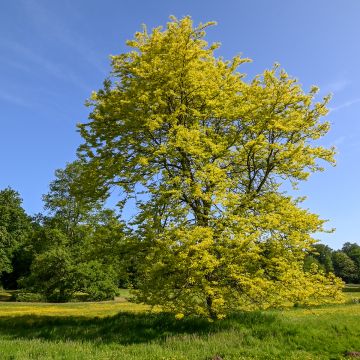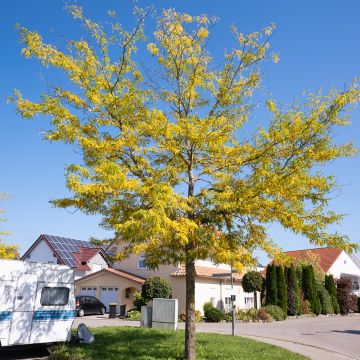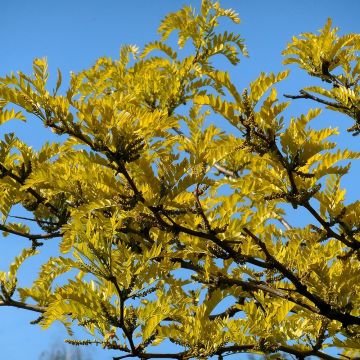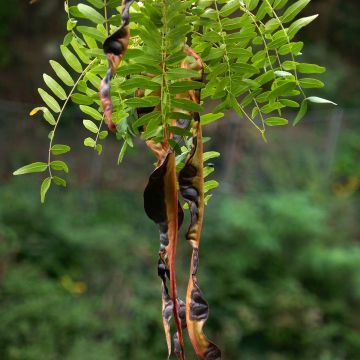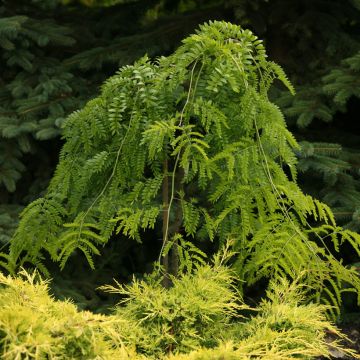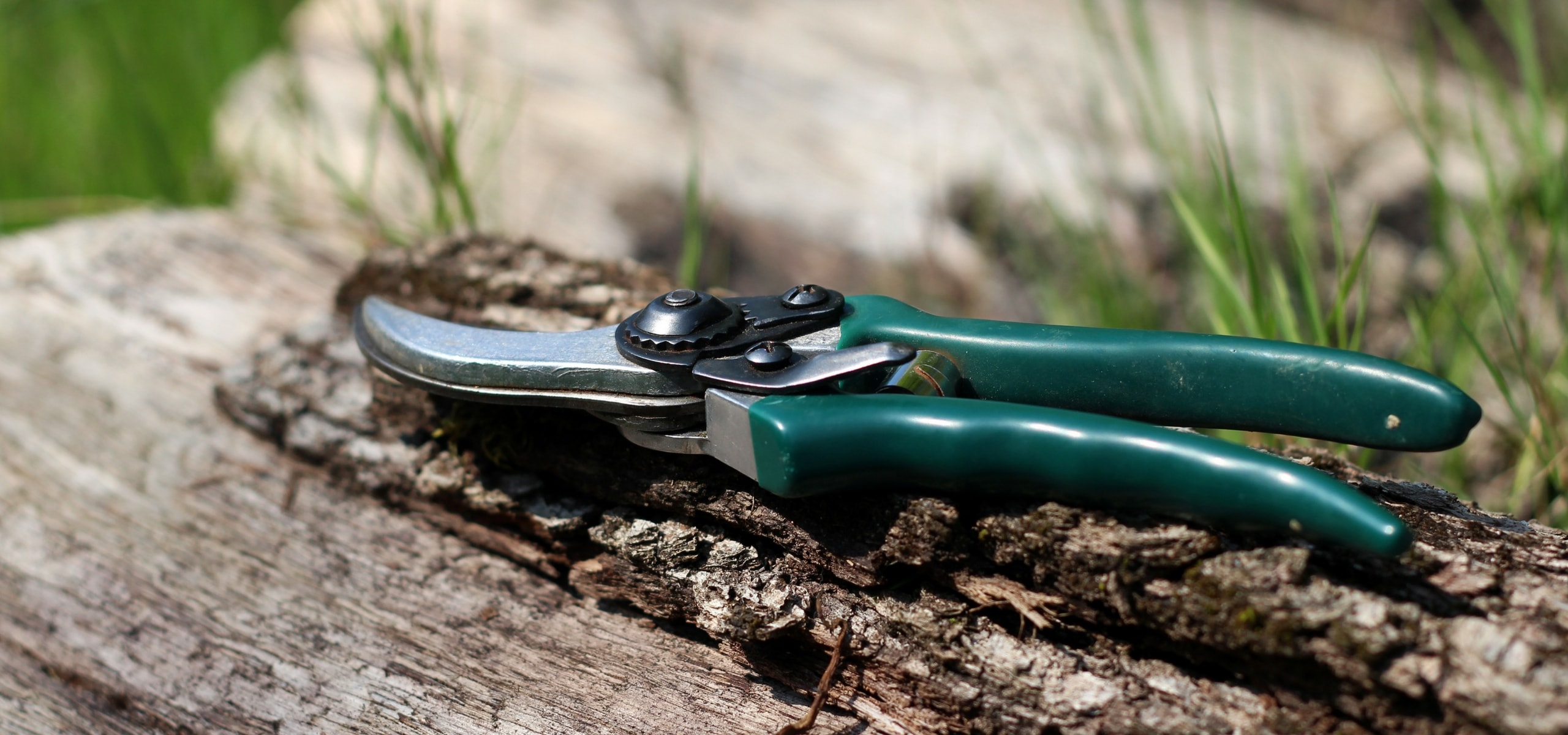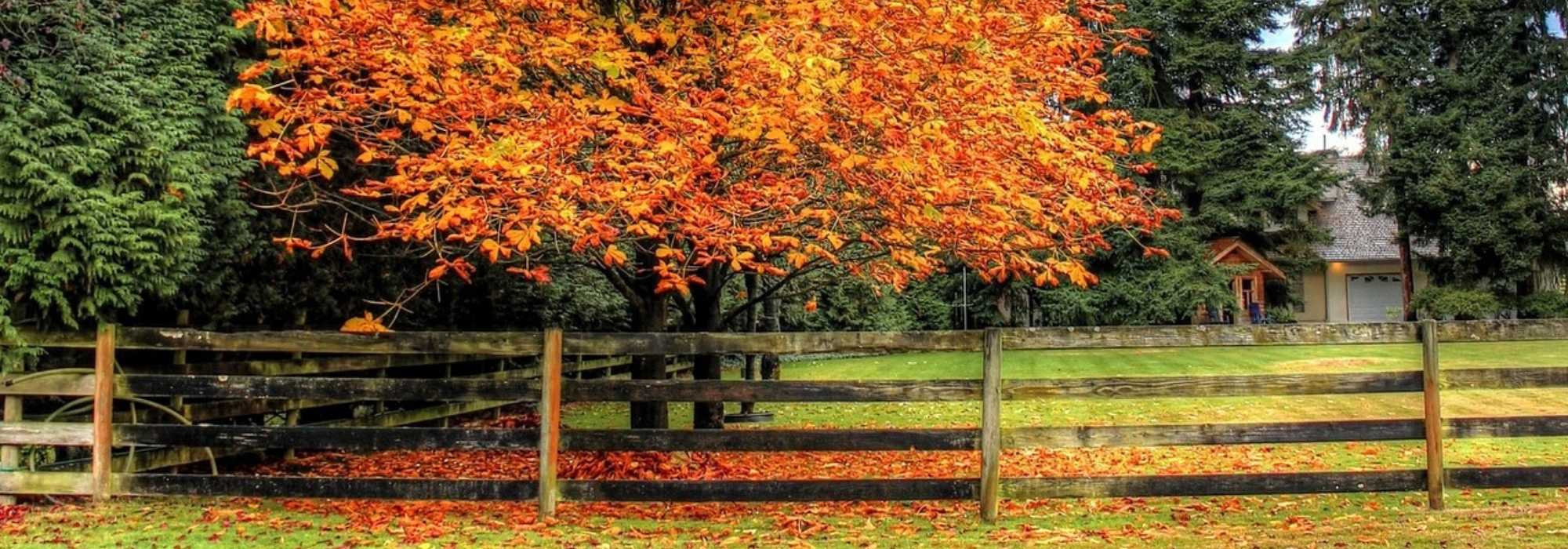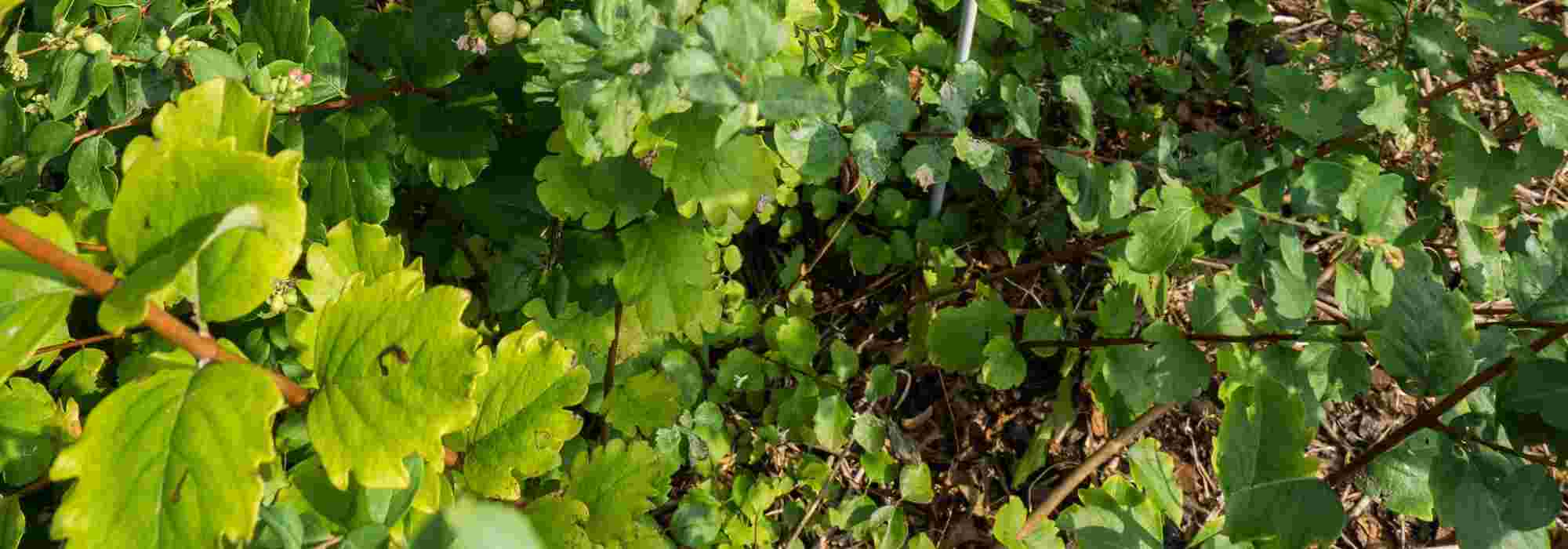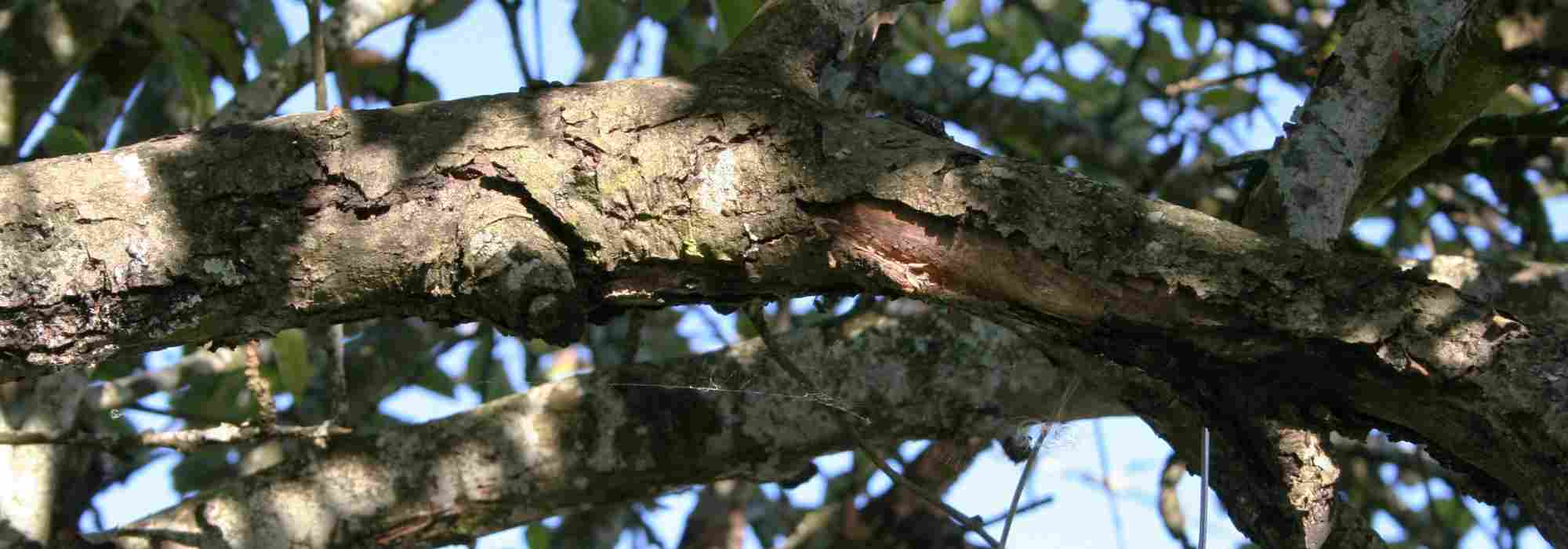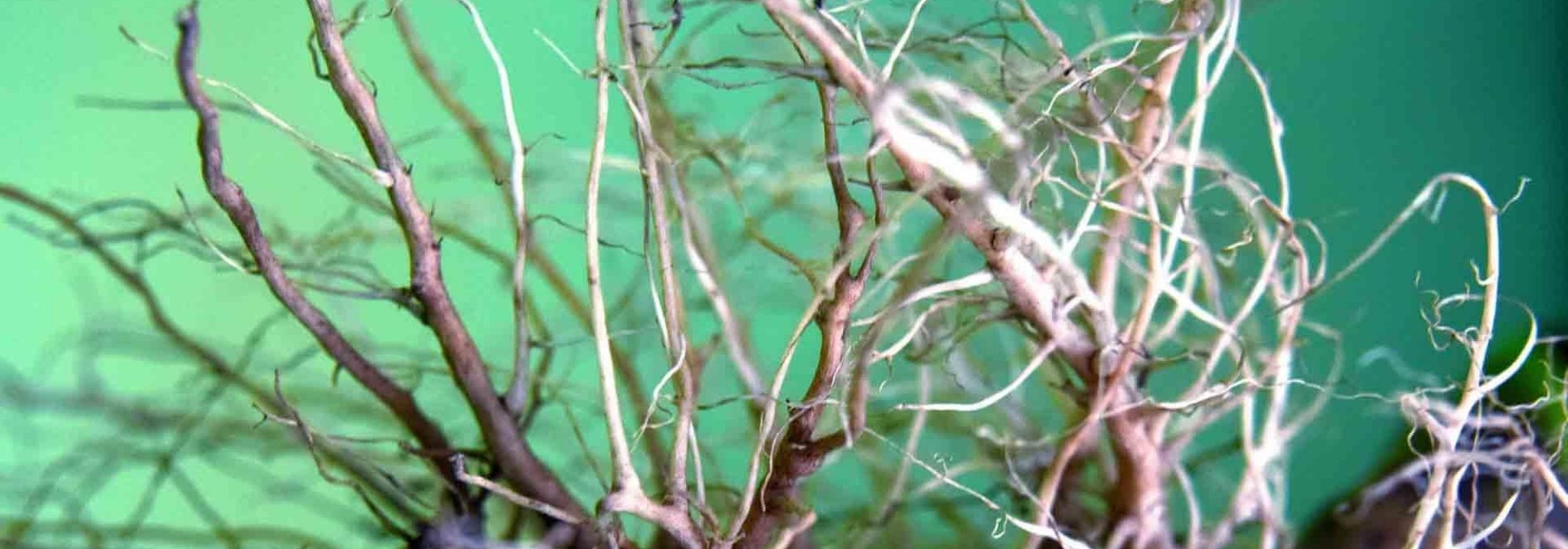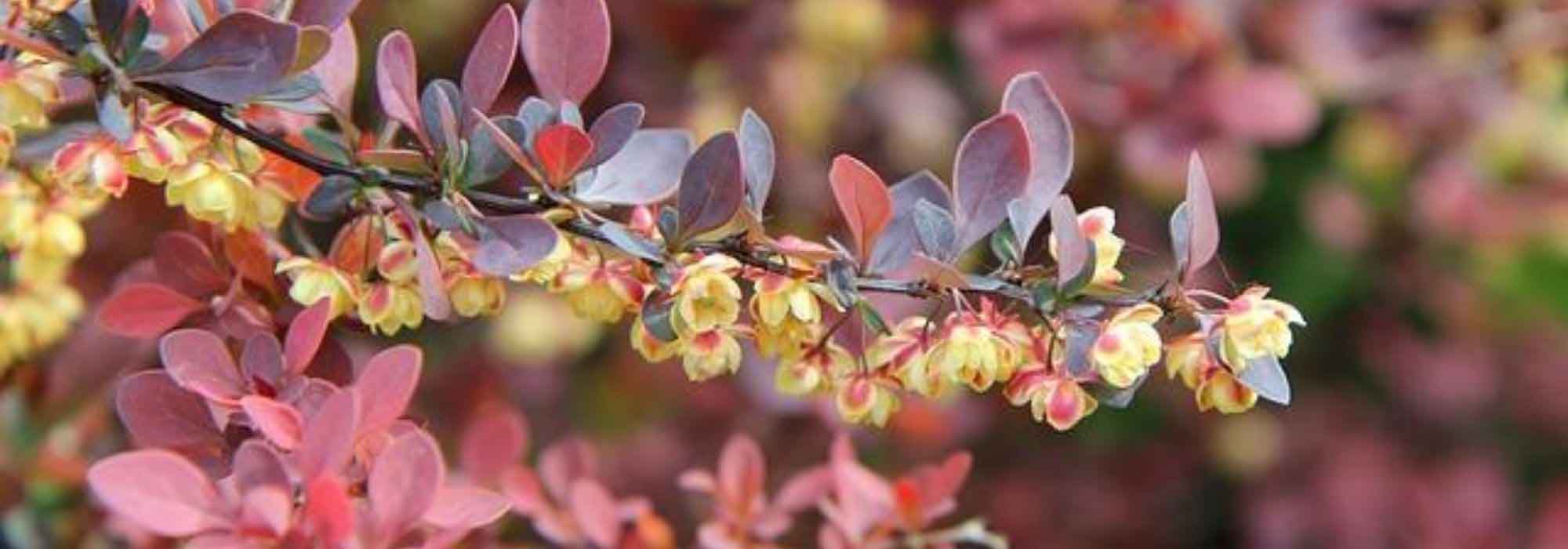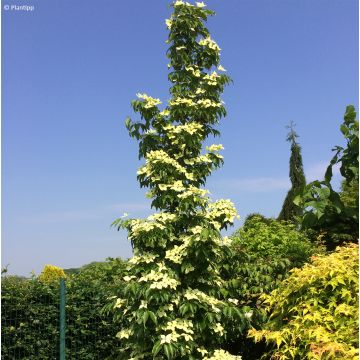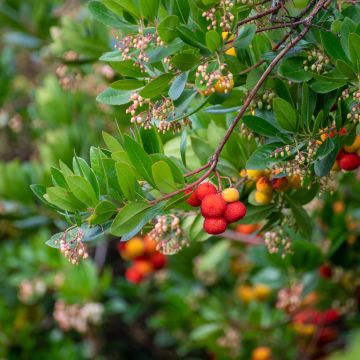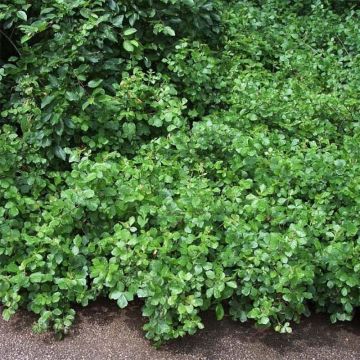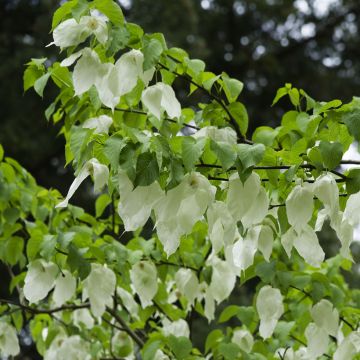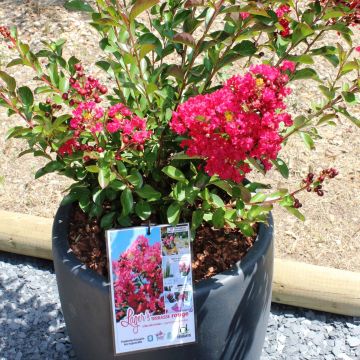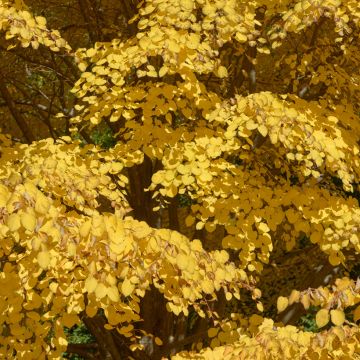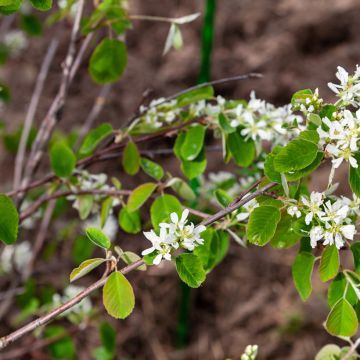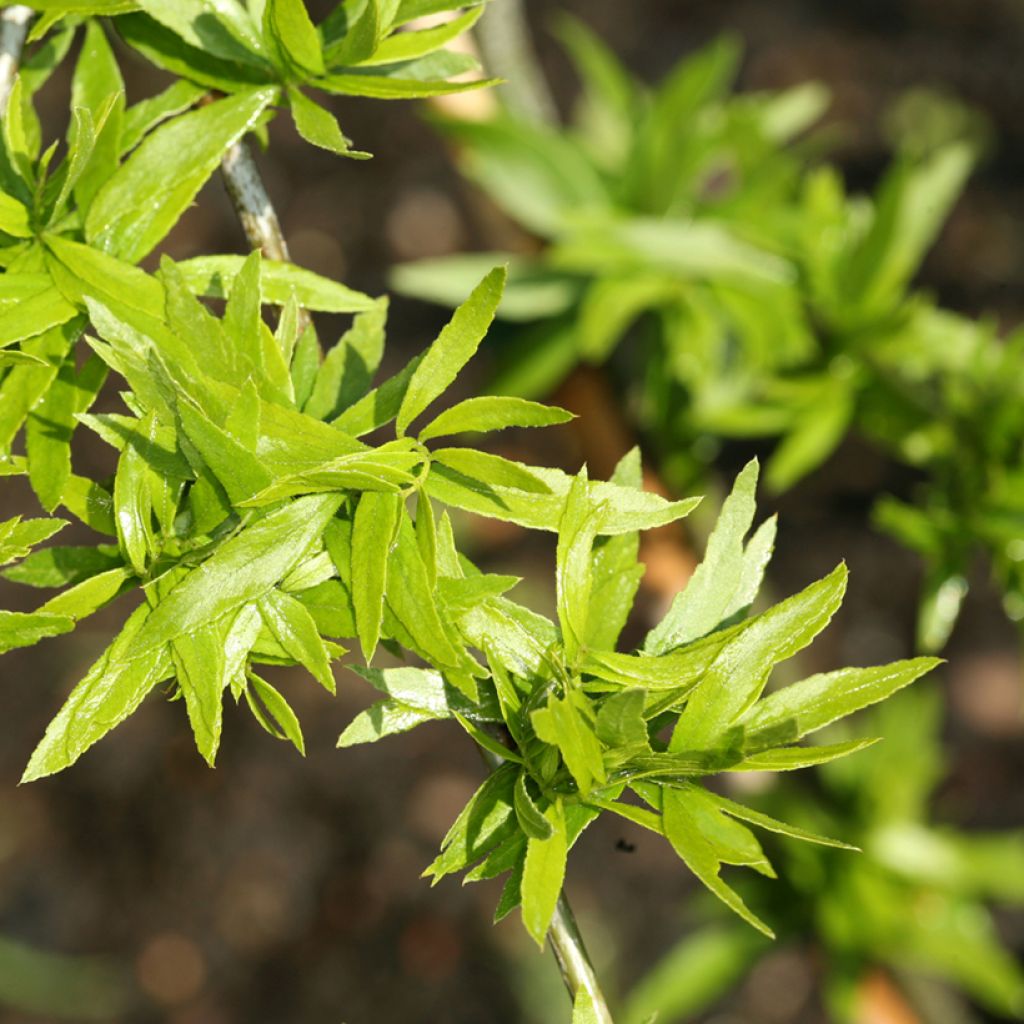

Gleditsia triacanthos Goofy
Gleditsia triacanthos Goofy
Gleditsia triacanthos Goofy
Special offer!
Receive a €20 voucher for any order over €90 (excluding delivery costs, credit notes, and plastic-free options)!
1- Add your favorite plants to your cart.
2- Once you have reached €90, confirm your order (you can even choose the delivery date!).
3- As soon as your order is shipped, you will receive an email containing your voucher code, valid for 3 months (90 days).
Your voucher is unique and can only be used once, for any order with a minimum value of €20, excluding delivery costs.
Can be combined with other current offers, non-divisible and non-refundable.
Why not try an alternative variety in stock?
View all →This plant carries a 24 months recovery warranty
More information
We guarantee the quality of our plants for a full growing cycle, and will replace at our expense any plant that fails to recover under normal climatic and planting conditions.
Does this plant fit my garden?
Set up your Plantfit profile →
Description
Gleditsia triacanthos 'Goofy' is a rather curious variety of American Honey Locust. It is a small deciduous tree with an irregular and sparsely branched habit, without thorns, whose zigzag branches bear clusters of green and shiny leaves. The autumn foliage, more or less yellow, is not particularly spectacular. Plant enthusiasts will choose to plant it as a standalone specimen. Its slightly ghostly silhouette, interesting even in winter, will stand out in a well-cleared location.
Gleditsia triacanthos 'Goofy' was selected in 1991 by Peter Cave in Hamilton, New Zealand. The species, American Honey Locust, is a tree of the fabaceae family related to the carob tree, native to the eastern and central United States (from Nebraska, through Pennsylvania, to Texas). It grows rapidly in moist soil. Young plants need to be protected from severe cold, but an adult tree can withstand temperatures well below -15°C. Once well established, the American Honey Locust is resistant to summer drought. It can tolerate almost any soil, except those that are too acidic.
Gleditsia triacanthos 'Goofy' exhibits moderately fast growth, depending on the growing conditions. This non-grafted cultivar reaches between 4 and 5 metres in height, with branches that can spread just as wide. It is characterised by an irregular, sparse, and loose branching structure. The main trunk, always upright, rarely branches, and the branches that do emerge are more or less trailing and sparsely branched. The slender, reddish, zigzag or twisted branches are covered with small clustered leaves that barely resemble the typical leaves of the species. The foliage turns yellow before falling in October-November. The trunk has a beautiful dark bark with fissures, initially reddish-brown, becoming grey. This tree almost never produces flowers and does not bear fruit. It has a deep taproot system, which requires deep soil.
The Gleditsia triacanthos 'Goofy' is a specimen tree that should be planted in a large garden. Its highly unusual structure will be complemented by a carpet of Liriopes or Black Ophiopogon at its base.
One might wonder why American Honey Locusts (Gleditsia) are not more commonly planted. Perhaps it is due to its thorns (although absent in some varieties) and its insignificant flowering, which is more than compensated by the splendour of its foliage.
As an ornamental tree and utility plant, Gleditsia has hard and dense reddish-brown wood, used locally for the production of posts and railway sleepers, and also appreciated in cabinetmaking. Its foliage, rich in protein, makes excellent fodder for livestock. This highly adaptable tree, while thriving in rich and moist, even poorly drained soil, ultimately tolerates dry, poor, and limestone soils once it is deeply rooted, of course.
Report an error about the product description
Gleditsia triacanthos Goofy in pictures
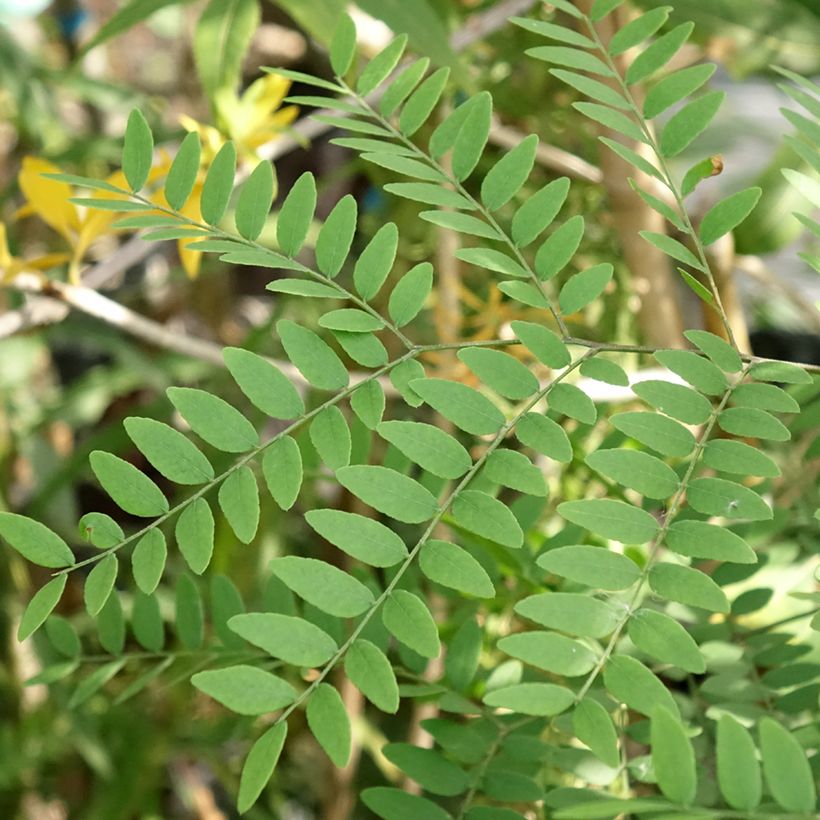

Plant habit
Foliage
Botanical data
Gleditsia
triacanthos
Goofy
Fabaceae
Cultivar or hybrid
Planting and care
Gleditsia triacanthos 'Goofy' prefers a sunny location and rich, loose, deep soil. Areas with strog winds are not recommended, as the wood is quite fragile. It adapts to almost all soils, except those that are too acidic. Make a deep planting hole for it or deposit a thick layer of gravel, mix compost with your garden soil for organic matter, and add sand if necessary to lighten heavy soils such as clay. When young, you can protect it with a winter cover if your garden is in the north and severe frost is forecasted. Pruning is limited to removing dead branches, it does not require training pruning, and its trunk is naturally well cleared. Once well rooted, this tree withstands summer drought quite well.
Planting period
Intended location
Care
Planting & care advice
This item has not been reviewed yet - be the first to leave a review about it.
Similar products
Haven't found what you were looking for?
Hardiness is the lowest winter temperature a plant can endure without suffering serious damage or even dying. However, hardiness is affected by location (a sheltered area, such as a patio), protection (winter cover) and soil type (hardiness is improved by well-drained soil).

Photo Sharing Terms & Conditions
In order to encourage gardeners to interact and share their experiences, Promesse de fleurs offers various media enabling content to be uploaded onto its Site - in particular via the ‘Photo sharing’ module.
The User agrees to refrain from:
- Posting any content that is illegal, prejudicial, insulting, racist, inciteful to hatred, revisionist, contrary to public decency, that infringes on privacy or on the privacy rights of third parties, in particular the publicity rights of persons and goods, intellectual property rights, or the right to privacy.
- Submitting content on behalf of a third party;
- Impersonate the identity of a third party and/or publish any personal information about a third party;
In general, the User undertakes to refrain from any unethical behaviour.
All Content (in particular text, comments, files, images, photos, videos, creative works, etc.), which may be subject to property or intellectual property rights, image or other private rights, shall remain the property of the User, subject to the limited rights granted by the terms of the licence granted by Promesse de fleurs as stated below. Users are at liberty to publish or not to publish such Content on the Site, notably via the ‘Photo Sharing’ facility, and accept that this Content shall be made public and freely accessible, notably on the Internet.
Users further acknowledge, undertake to have ,and guarantee that they hold all necessary rights and permissions to publish such material on the Site, in particular with regard to the legislation in force pertaining to any privacy, property, intellectual property, image, or contractual rights, or rights of any other nature. By publishing such Content on the Site, Users acknowledge accepting full liability as publishers of the Content within the meaning of the law, and grant Promesse de fleurs, free of charge, an inclusive, worldwide licence for the said Content for the entire duration of its publication, including all reproduction, representation, up/downloading, displaying, performing, transmission, and storage rights.
Users also grant permission for their name to be linked to the Content and accept that this link may not always be made available.
By engaging in posting material, Users consent to their Content becoming automatically accessible on the Internet, in particular on other sites and/or blogs and/or web pages of the Promesse de fleurs site, including in particular social pages and the Promesse de fleurs catalogue.
Users may secure the removal of entrusted content free of charge by issuing a simple request via our contact form.
The flowering period indicated on our website applies to countries and regions located in USDA zone 8 (France, the United Kingdom, Ireland, the Netherlands, etc.)
It will vary according to where you live:
- In zones 9 to 10 (Italy, Spain, Greece, etc.), flowering will occur about 2 to 4 weeks earlier.
- In zones 6 to 7 (Germany, Poland, Slovenia, and lower mountainous regions), flowering will be delayed by 2 to 3 weeks.
- In zone 5 (Central Europe, Scandinavia), blooming will be delayed by 3 to 5 weeks.
In temperate climates, pruning of spring-flowering shrubs (forsythia, spireas, etc.) should be done just after flowering.
Pruning of summer-flowering shrubs (Indian Lilac, Perovskia, etc.) can be done in winter or spring.
In cold regions as well as with frost-sensitive plants, avoid pruning too early when severe frosts may still occur.
The planting period indicated on our website applies to countries and regions located in USDA zone 8 (France, United Kingdom, Ireland, Netherlands).
It will vary according to where you live:
- In Mediterranean zones (Marseille, Madrid, Milan, etc.), autumn and winter are the best planting periods.
- In continental zones (Strasbourg, Munich, Vienna, etc.), delay planting by 2 to 3 weeks in spring and bring it forward by 2 to 4 weeks in autumn.
- In mountainous regions (the Alps, Pyrenees, Carpathians, etc.), it is best to plant in late spring (May-June) or late summer (August-September).
The harvesting period indicated on our website applies to countries and regions in USDA zone 8 (France, England, Ireland, the Netherlands).
In colder areas (Scandinavia, Poland, Austria...) fruit and vegetable harvests are likely to be delayed by 3-4 weeks.
In warmer areas (Italy, Spain, Greece, etc.), harvesting will probably take place earlier, depending on weather conditions.
The sowing periods indicated on our website apply to countries and regions within USDA Zone 8 (France, UK, Ireland, Netherlands).
In colder areas (Scandinavia, Poland, Austria...), delay any outdoor sowing by 3-4 weeks, or sow under glass.
In warmer climes (Italy, Spain, Greece, etc.), bring outdoor sowing forward by a few weeks.






























